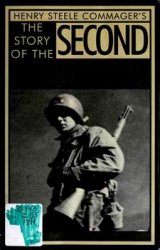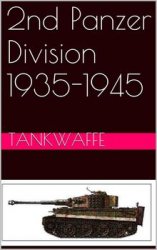Amber A yellowish translucent or opaque fossilized resin from an extinct variety of pine tree found in alluvial soils or on the seashore. It has been a highly valued material since the Neolithic and has been traded throughout Europe ever since.
Bronze An alloy of copper and tin in various proportions. It is harder than copper, more readily melted, and easier to cast.
It was first made before 3000 BC but it was only in the 2nd millennium BC that it became widely used. Introduction of bronze turned out to have a far reaching consequence for the European communities.
Chiefdom A form of sociopolitical organization with a chief having the central authority over a social ranking or hierarchy. Status of individuals is inherited and determined by closeness of relationship to the chief. A chiefdom is resposible for emergence of large monuments, usually of ceremonial character, and is characterized by well organized distribution of goods and services and specialization in crafts.
Copper A ductile and malleable metal. Smelting ore that
Produced pure copper was discovered in Anatolia after 6000 BC. Knowledge of the use of copper was then wider spread than the metal itself. Copper metallurgy was dominated by casting tools and weapons and triggered development in many domains of the European communities.
Homo erectus A species of early human that appeared around 1.8million years ago. It was upright man efficient in walking on two legs. The average brain size was c. 800 cubic cm.
Homo sapiens neanderthalensis A species of the Homo
Genus that inhabited Europe and parts of western Asia from c. 130 000 to 25 000 years ago. It was robust and muscular and the average brain size was similar to that of anatomically modern humans.
Homo sapiens sapiens A species characterized by the lighter posture compared to earlier humans. A high vaulted cranium with a flat and vertical forehead houses the brain of average size of c. 1300 cubic cm.
Iron A silvery, lustrous and malleable metal occurring abundantly in combined forms such as hematite, limonite, magnetite, and taconite. The beginning of its use varied geographically and it became the major metal exploited by the European groups in the 1st millennium BC. The large-scale production of iron implements, in particular tools and weapons, facilitated a dynamic economic development and large-scale movements.
Kurgan The Russian word for tumulus. It is a kind of earthen burial mound or barrow constructed over a burial chamber, often of wood.
Limes A protection system marking the boundaries of the Roman Empire. It was usually fortified with forts and watchtowers. The continuous system of fortifications and barriers was constructed along the Rhine and the Danube rivers. Hadrian’s Wall was also one of its significant elements.
Nomadism A way of life of a community that has no permanent settlement and moves cyclically or periodically within a defined territory. It usually depends on domestic livestock and migrates to find pasture for their animals.




 World History
World History









